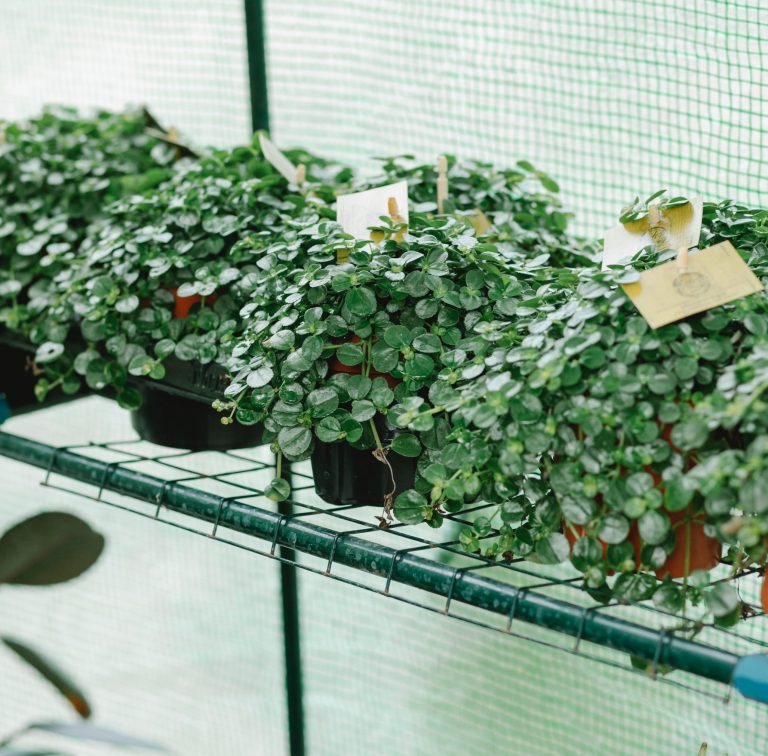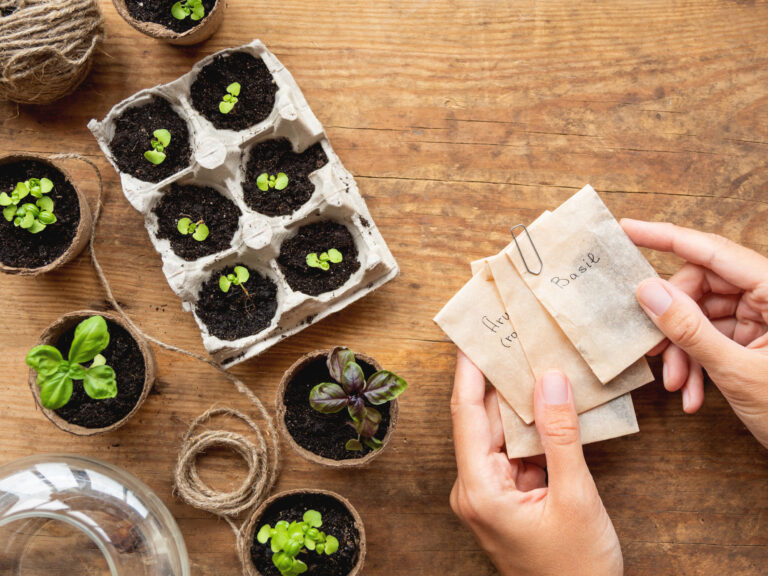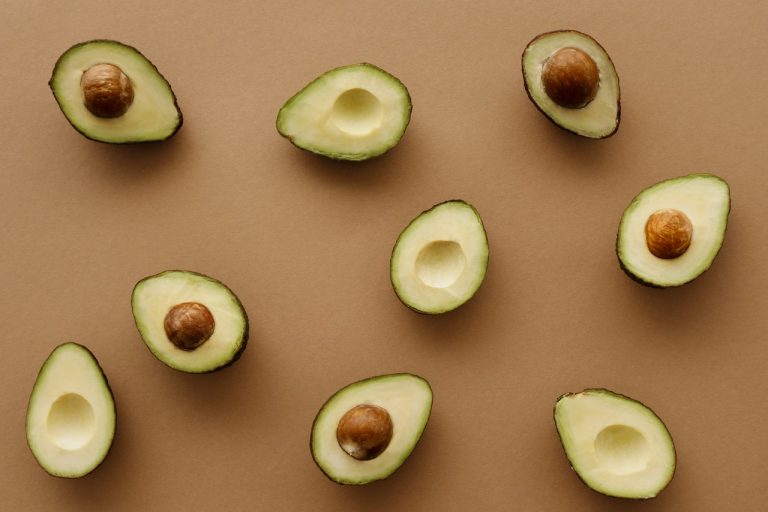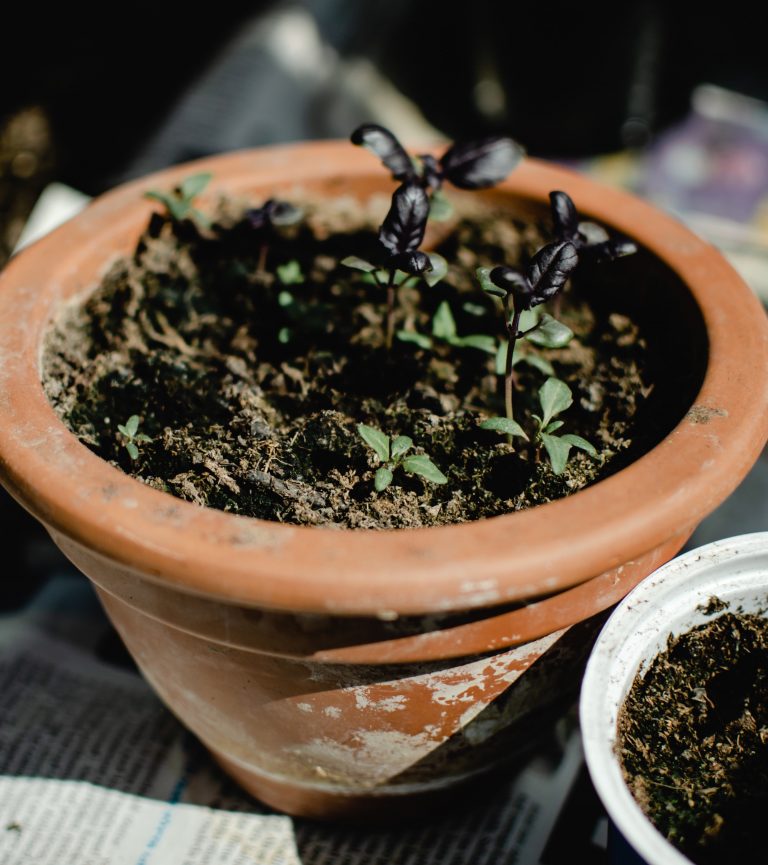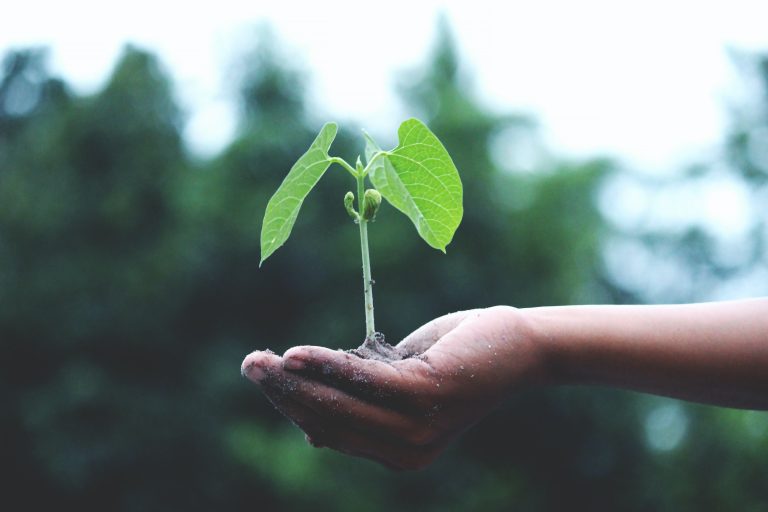I am exhausted to the bone. Normally, at this time of year, I get excited about seed starting. I take stock of my seed supplies, order seeds I’m missing, and start planning out my garden. This year, I’ve yet to do any of that. I’m too overwhelmed and tired, so I’ve decided to forego…
seedlings
5 Cheap Substitutes for Seedling Trays
Seed trays offer a great way to start off your planting season. However, you don’t need to purchase actual trays from the gardening supply store. Instead, you can upcycle/recycle/DIY many terrific substitutes for seedling trays. Here are five good ideas: What Are Seedling Trays? Seed trays provide a great opportunity to begin growing multiple plants…
2 Different Ways To Start An Avocado Seed
People love to put avocados on everything. I’m as much an avocado fanatic as the next person, but they don’t come cheap. Here’s how to start an avocado seed at home. Growing avocados at home I’ll be upfront with you. Growing an avocado tree takes time and patience. And it’s not a task suited…
7 Plants You Can Direct Seed
Recently, I’ve mentioned that this year I just don’t have the bandwidth to garden like I usually do. But that doesn’t mean I’m completely abandoning my favorite hobby. Although I didn’t start seedlings indoors, I still have a vast collection of seeds at my disposal, and I’ve already started sketching a plan for what…
10 Top Reasons Why Seeds Don’t Germinate
There are a lot of reasons why seeds don’t germinate. Knowing what can go wrong is the first step in solving the problem. If you’re struggling to start seeds this spring, here are a few things to look out for. Why Aren’t Seeds Germinating? Here are a few common reasons why seeds don’t germinate….
